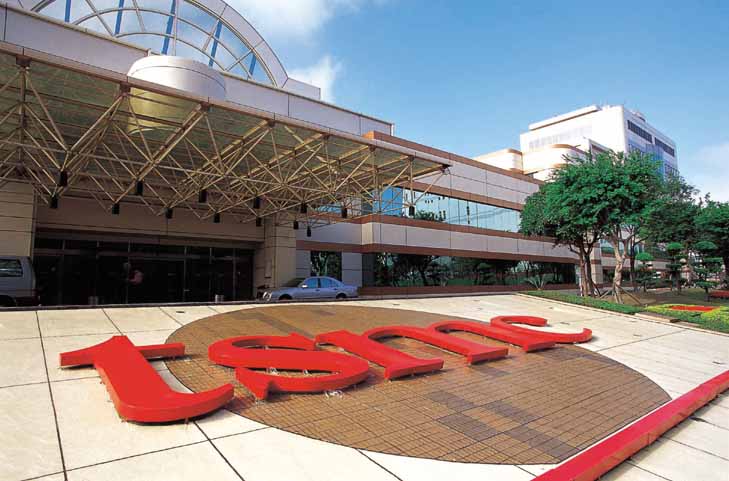The issue started last year, the COVID-19 pandemic, shut down of the factories, high demand of work from home gadgets, and a bunch of other factors like the US-China trade war, caused gadget makers and car companies to fumble to get chips needed to produce their marquee offerings. This resulted in delayed shipments and feature slashing from Apple, BMW, Sony, and Nissan. The chip shortage continued in 2021, and it hasn’t ended yet. In this story, we’ll take a look at what companies, industry experts, and analysts say about the issue going into 2022.
Phones, PCs, and other personal devices
This was a crappy year for gadget makers. Apple lost more than $6 billion in the quarter ending in September, and $3 billion in the quarter before that. Xiaomi experienced flat revenue in the September quarter because of the chip shortage. In Q3 2021, smartphone shipments shrunk by 6% year-on-year, according to a report by Canalys. In October, during it, Q1 results, Intel CEO Pat Gelsinger said that the chip shortage problem could extend to 2023. That doesn’t sound good at all. Some other chipmakers disagree with this. Earlier this month, Nvidia’s Chief Financial Officer, Colette Kress, said that the company expects GPU supplies to improve in the second half of 2022. Currently, the GPU shortage is so bad, some retailers zip-tying PC towers on display in their stores to prevent components from being stolen. We certainly don’t want that trend to continue. Qualcomm’s CEO, Cristiano Amon, also shares a similar view and thinks that the issue will be resolved sometime next year. iPhone supplier Foxconn also said that the chip shortage problem might run until mid-2022. So your iPhone 13 orders might be delayed. Navkendar Singh, a research director at hardware market analysis firm IDC, said that while the smartphone market will recover by mid-next year, the PC market could face some issues: The global PC market’s annual growth fell by 5% in Q3 2021 as compared to the double-digit growth in the previous five quarters. This can be attributed to the strong demand for home workstations during the pandemic slowing down. Singh said that while individuals might not be looking for new PCs or laptops as much, the enterprise sector will make up for it when employees will return to the office. One of the gadget sectors heavily affected by the chip shortage is gaming. Mat Piscatella, an executive director and video game industry advisor at the NPD Group, said that the US hardware sales fell by 10% in November as compared the last year.
— Mat Piscatella (@MatPiscatella) December 13, 2021 According to a report by The Verge, Nintendo, Sony, Microsoft, and Valve are seeing sales drops, and at the same time are unable to keep up with the demand because of the chip shortage. Hopefully, gamers won’t have to face this kind of frustration next year.
Automotive sector
Carmakers are one of the biggest victims of the chip shortage. Several analysts and industry leaders noted hat the automotive industry will face supply issues well into 2023. Volvo, presenting the first quarterly report after its IPO, said while there has been some improvement in the situation, revenue was down 7% year-on-year. Nissan boss Makoto Uchida warned that chip shortage could seriously hamper the company’s future plans. In November, BMW said that this issue has forced the company to slash features like touchscreen functionality and backup assistant for parking. In September, even Elon Musk highlighted supply chain issues with Tesla models.
Assuming 2022 is not mega drama, new Roadster should ship in 2023. — Elon Musk (@elonmusk) September 1, 2021 Tom Coughlin, IEEE Life Fellow, said that older chip design is one of the prime reasons the automotive industry is facing a shortage of semiconductors: One of the reasons the car industry is facing this shortage is that companies cut down on orders in 2020 due to the pandemic, but later reordered some of the supplies as the demand rose. Willy Shih, a professor of management practice in business administration at Harvard Business School said this pattern of ordering is causing problems for both carmakers and chip manufacturers:
The road ahead
Some chip manufacturers have declared new investment plans and commitment to building new facilities, but that will hardly solve the problem in the short term. In October, TSMC said it’ll open a factory in Japan that will use older technology to meet up the demand. However, the plant will start producing semiconductors only in 2024. Earlier in the year, the Taiwanese firm had committed to investing $100 billion over the next three years to increase its production capacity. Earlier this week, Intel committed to opening a new facility in Malaysia with a $7 billion investment. In March, the company had announced a $20 billion fund to set up manufacturing plants in the US. As my colleague Cate noted in her story, companies are also experimenting with new materials and techniques, including gallium nitride (GaN) for semiconductors and photonic materials for processing inside of chips. But we might have to wait for a while to see these in the wild, and reduce our dependence on older tech. Wayne Lam, a senior director of research at CCS Insight, said despite the situations are improving, there are a few manufacturing challenges ahead: While silicon chip makers are recovering from this global issue, I’m just hoping that we have enough potatoes in the world. Because I’m not ready for that chip shortage at all. The semiconductor industry has a long history of hog cycles so decision-makers are wary of putting the foot on the pedal for too long before easing off.


